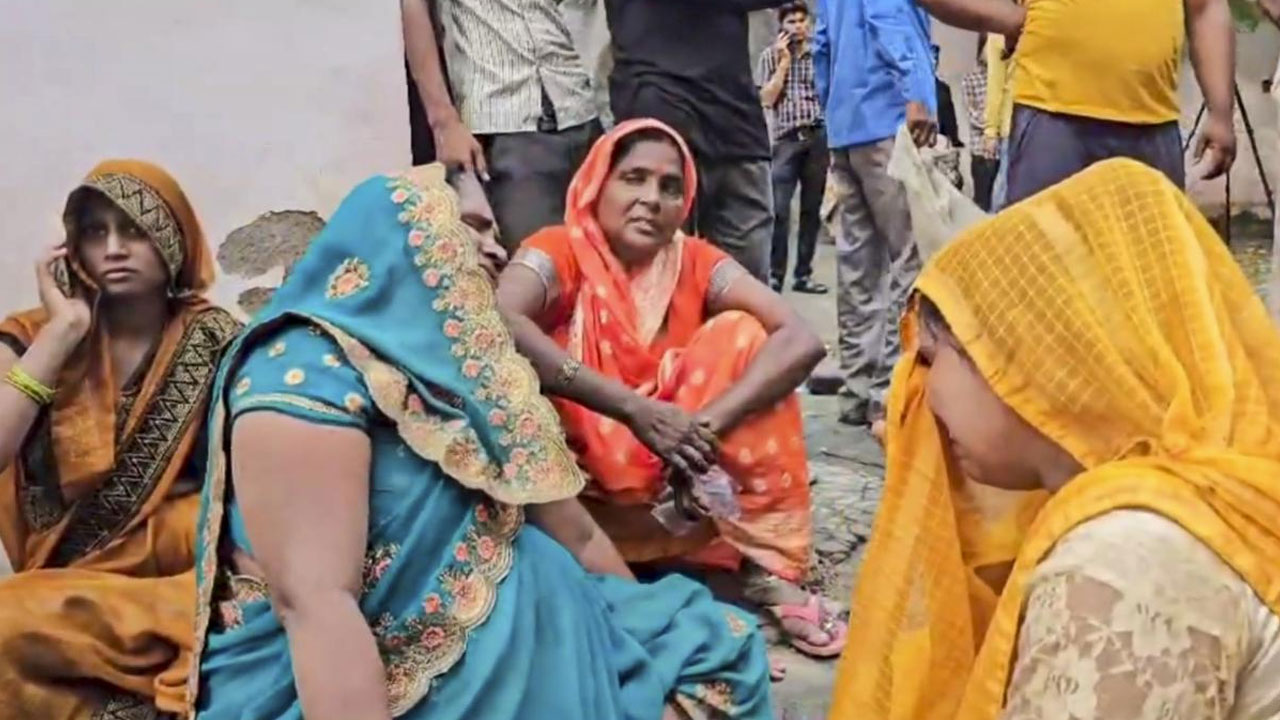The Adivasis are, by far, the most oppressed and persecuted social group in India. What has been grandiosely described in the brahmanical scriptures as epic battles between the gods and the demons was, in fact, a cruel war waged by the outsider Aryans against the Adivasis. For any reader of the accounts of these battles in religious texts or any viewer of TV serials based on them, it would be crystal clear that those who have been branded as Danavs, Rakshasas or Asurs are, in fact, the Adivasis. Brahmanical scriptures portray them as dark-skinned men with broad noses and horns on their heads. They laugh aloud and their women are licentious. Even today, Adivasis wear horns while dancing and Adivasi women are more liberated than the Savarna Aryan women. The nose of the Adivasis is invariably broader than that of the Aryan and their complexion is generally black or wheatish. The brahmanical scriptures gloat how the Rakshasas had to flee in the face of the attack by the Devas, how their women suffered miscarriage, how their villages were burnt down and how and every single one of them was killed.
About The Author

Himanshu Kumar
Himanshu Kumar is a well known human rights activist. For a long time, he worked among the Adivasis of Chhattisgarh to secure their rights to water, forests and land (jal, jangal, zameen). He is the author of the book ‘Vikas, Adivasi and Himsa’ (Development, Adivasi and Violence).




